The Evolution and Future of Computer Motherboards-SUN X TECH
In the ever-evolving realm of computer technology, the motherboard stands as a silent but pivotal player. It serves as the backbone of any computing system, connecting various components and facilitating seamless data flow. This article by WARA Technology delves into the history, technological advancements, functionality, speed, and the future of motherboards in computer technology.
Early Motherboards
The concept of a motherboard can be traced back to the origins of computing. In the mid-20th century, electronic computers were massive machines with an intricate web of interconnected cables and vacuum tubes. Early motherboards were essentially backplanes with slots for plugging in various modules. These modules housed components like transistors, resistors, and diodes, and they allowed data to travel between different parts of the computer.
Technological Advancements: From Integration to Miniaturization
As the years passed, the integration of components on a single board revolutionized the landscape. The transition from individual modules to integrated circuits made computers smaller, faster, and more accessible. Microprocessors, RAM, and expansion slots started finding their place on a single board.
One of the most significant milestones was the introduction of the microprocessor, which combined the central processing unit (CPU) and control unit on a single chip. This reduced the size and power consumption of computers, paving the way for personal computing.
The Process and Functionality: How Motherboards Work
A motherboard serves as the central hub that connects all major components in a computer. It accommodates the CPU, RAM, storage devices, power connectors, and various expansion slots and ports. The CPU is the brain of the computer and connects to the motherboard through a socket. RAM modules, essential for fast data access, are slotted onto the motherboard.
Storage options include connectors for hard drives, solid-state drives, and optical drives. These components interact through an intricate network of traces, buses, and interfaces on the motherboard, allowing data transfer and communication between the parts.
The BIOS (Basic Input/Output System) firmware on the motherboard is crucial in booting up the computer, managing hardware initialization, and facilitating communication between the software and hardware components.
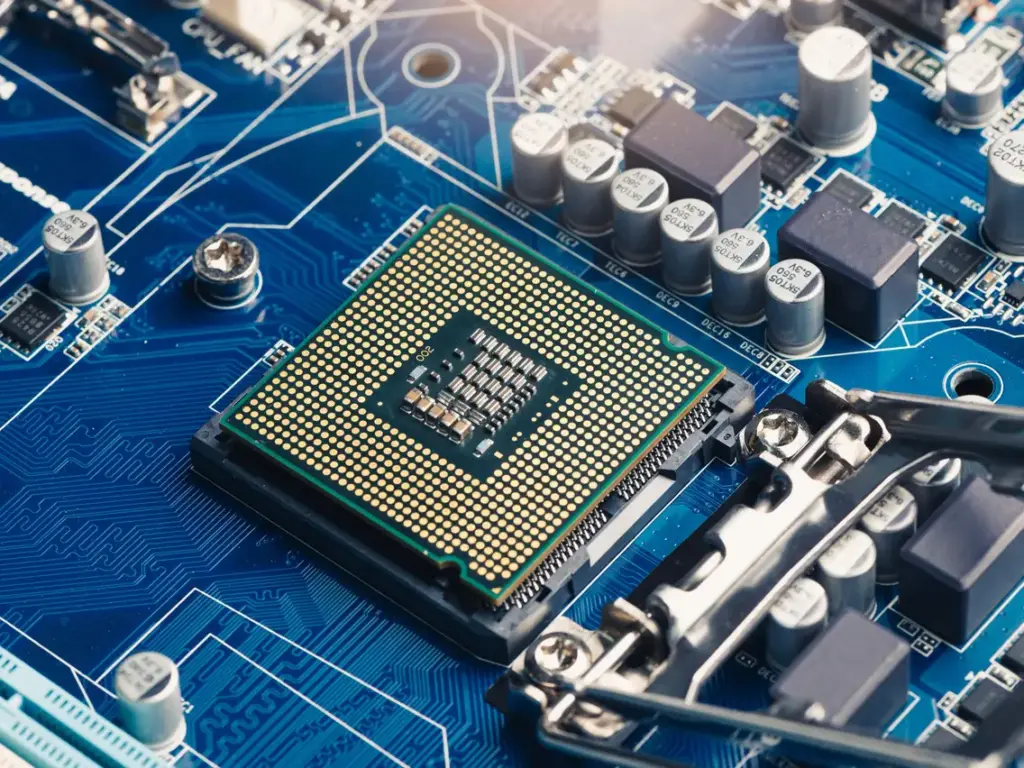
The Need for Speed: Overclocking and Performance
Motherboards play a significant role in determining a computer’s speed and performance. Overclocking, a technique used by enthusiasts, involves increasing the clock speed of the CPU and other components to push them beyond their factory settings. High-quality motherboards with robust power delivery and cooling systems are essential for successful overclocking.
Moreover, modern motherboards support high-speed data transfer through technologies like USB 3.2, PCIe 4.0, and NVMe SSD connectors. These innovations significantly boost data access and transfer speeds.
The Future of Motherboards: Integration and Connectivity
Looking ahead, motherboards continue to evolve. A key trend is the increasing integration of components, making computers even more compact. We can expect further miniaturization and power efficiency as technology progresses.
Connectivity is also a focal point. Future motherboards will offer a multitude of ports for a diverse range of devices, ensuring seamless communication. Networking capabilities are expanding with faster Ethernet connections and the widespread adoption of Wi-Fi 6 and beyond. USB-C and Thunderbolt connectors are also becoming standard, offering versatile and high-speed data transfer options.
One of the most significant transformations in motherboard technology is the development of embedded and integrated systems. These are designed for specific applications, such as IoT devices, industrial machines, and embedded computers in automobiles. These systems prioritize power efficiency, reliability, and specialized functionalities.
Additionally, motherboard manufacturers are working on improving the sustainability of their products. Materials, energy-efficient components, and recycling programs are all part of this endeavor.
Conclusion: The Unseen Hero of Computing
In conclusion, the motherboard is the unsung hero of the computing world. It has come a long way from the early days of vacuum tubes and sprawling cables to today’s compact, high-speed, and integrated solutions. Motherboards continue to shape the future of computing through advancements in speed, connectivity, and sustainability.
As technology continues to push the boundaries of what’s possible, the motherboard will remain at the heart of these innovations. From gaming rigs to workstations, laptops to supercomputers, the motherboard plays a vital role in ensuring our digital world functions seamlessly. It’s a testament to how far we’ve come in the world of computing, and it’s a technology that will continue to evolve and redefine the future.




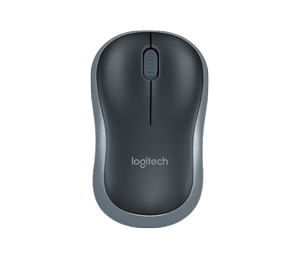
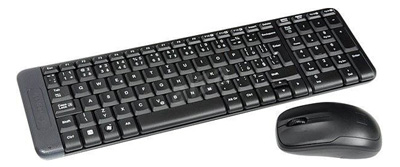
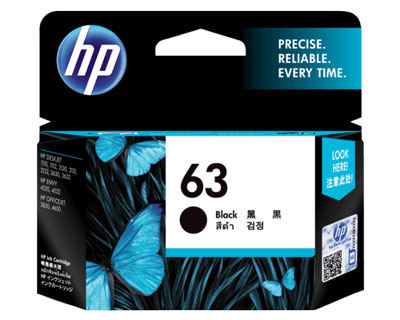
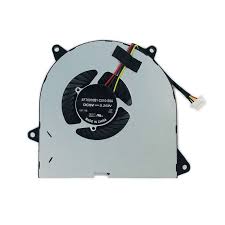
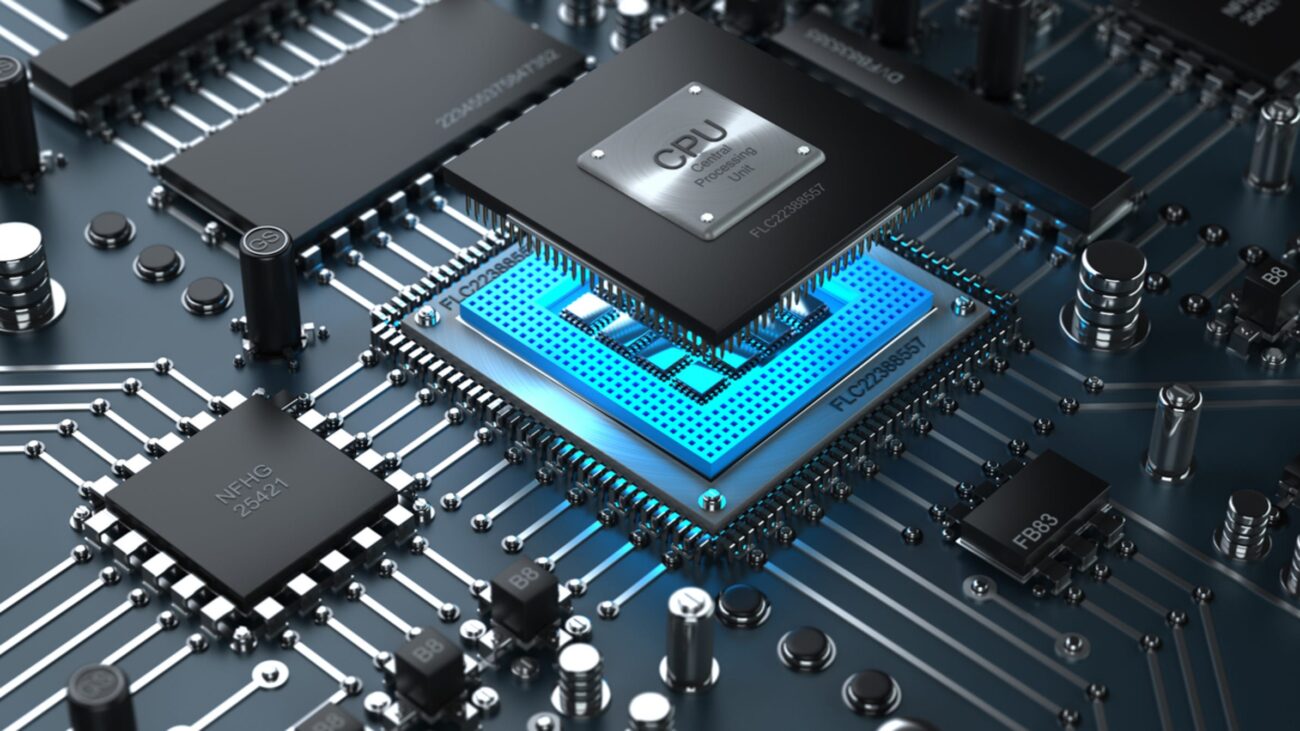
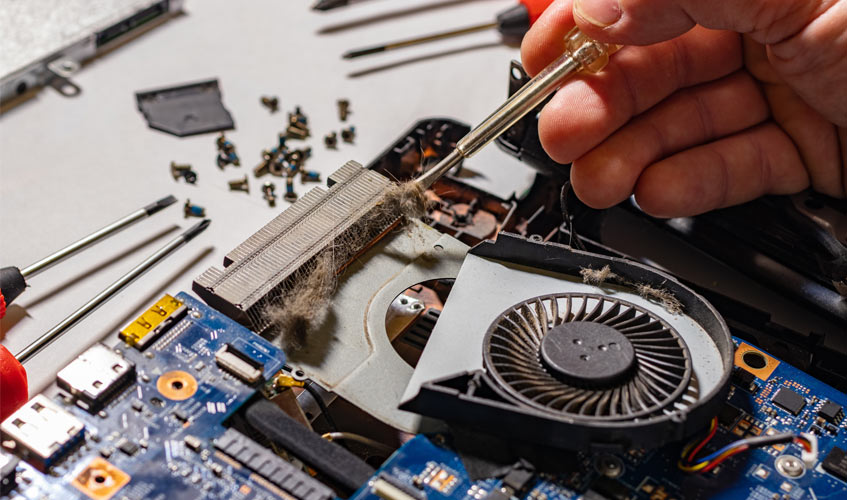
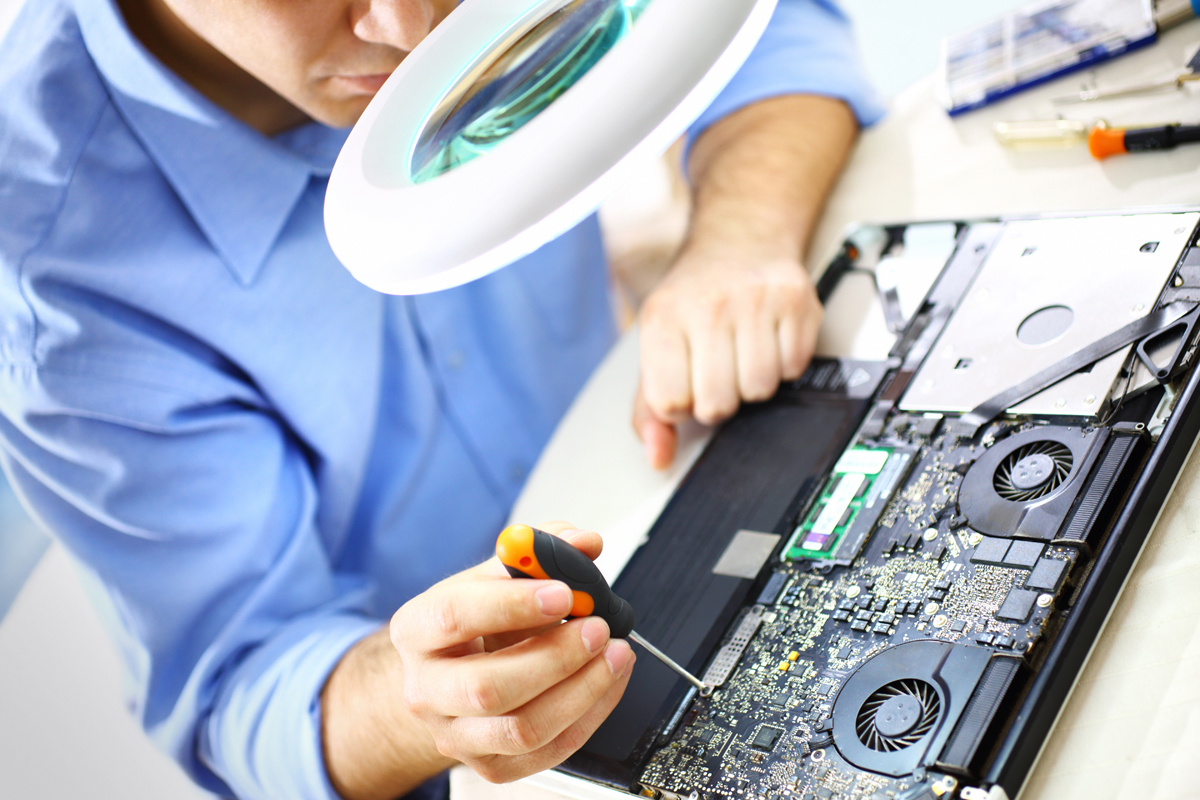
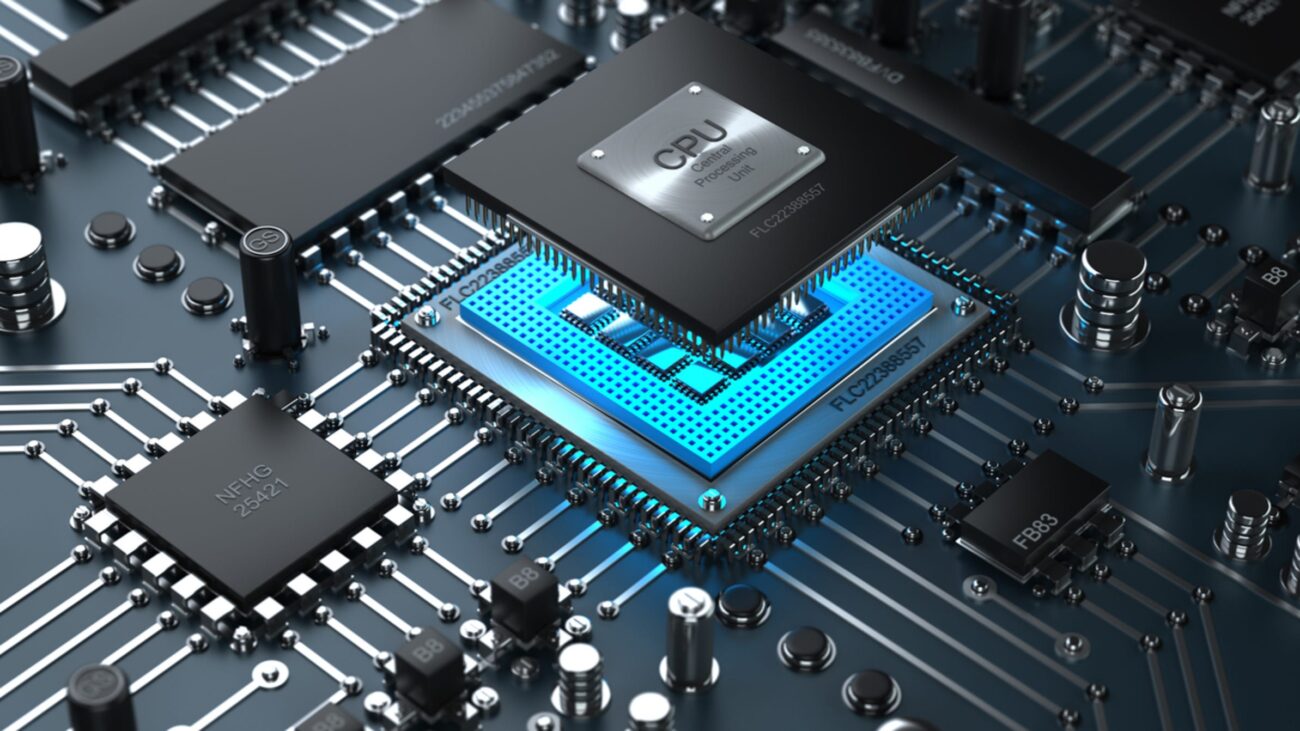
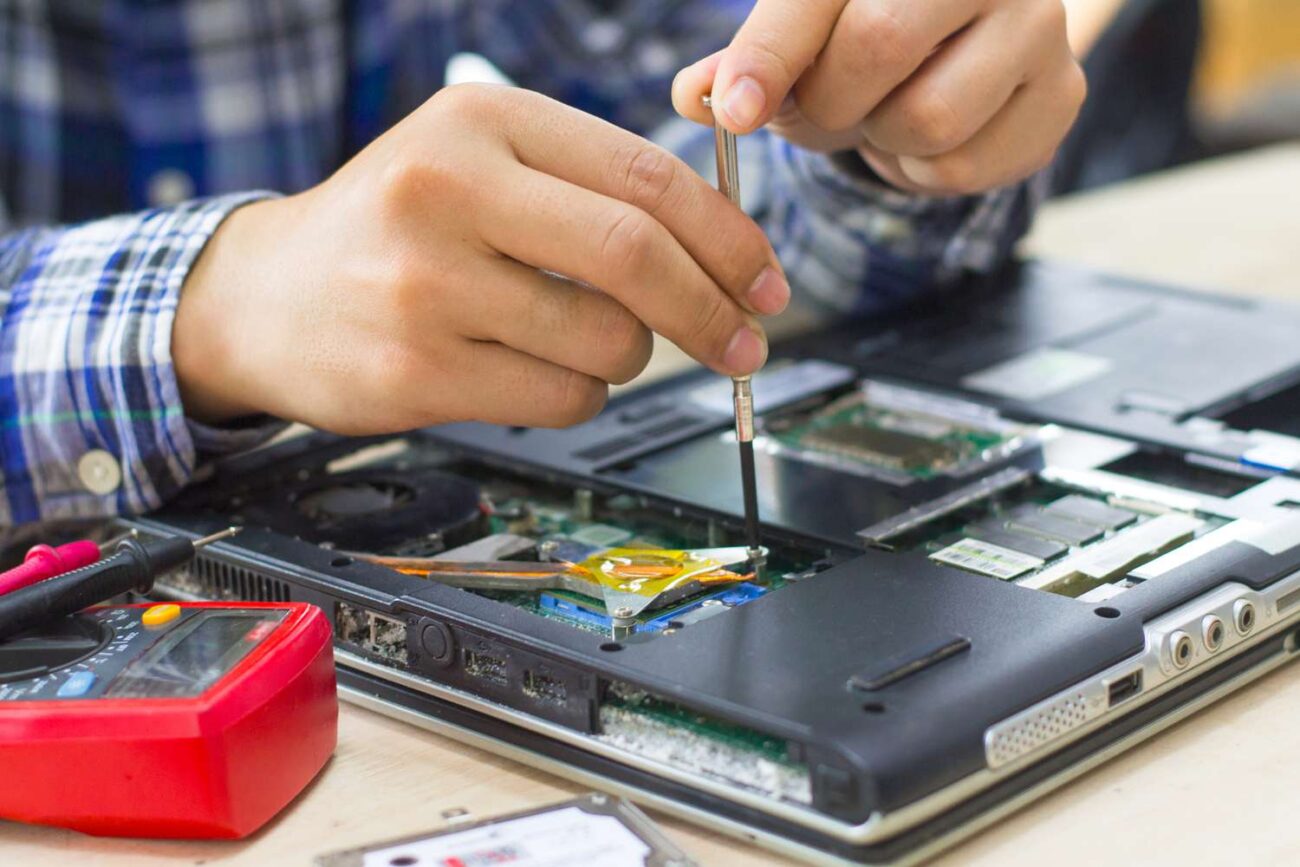
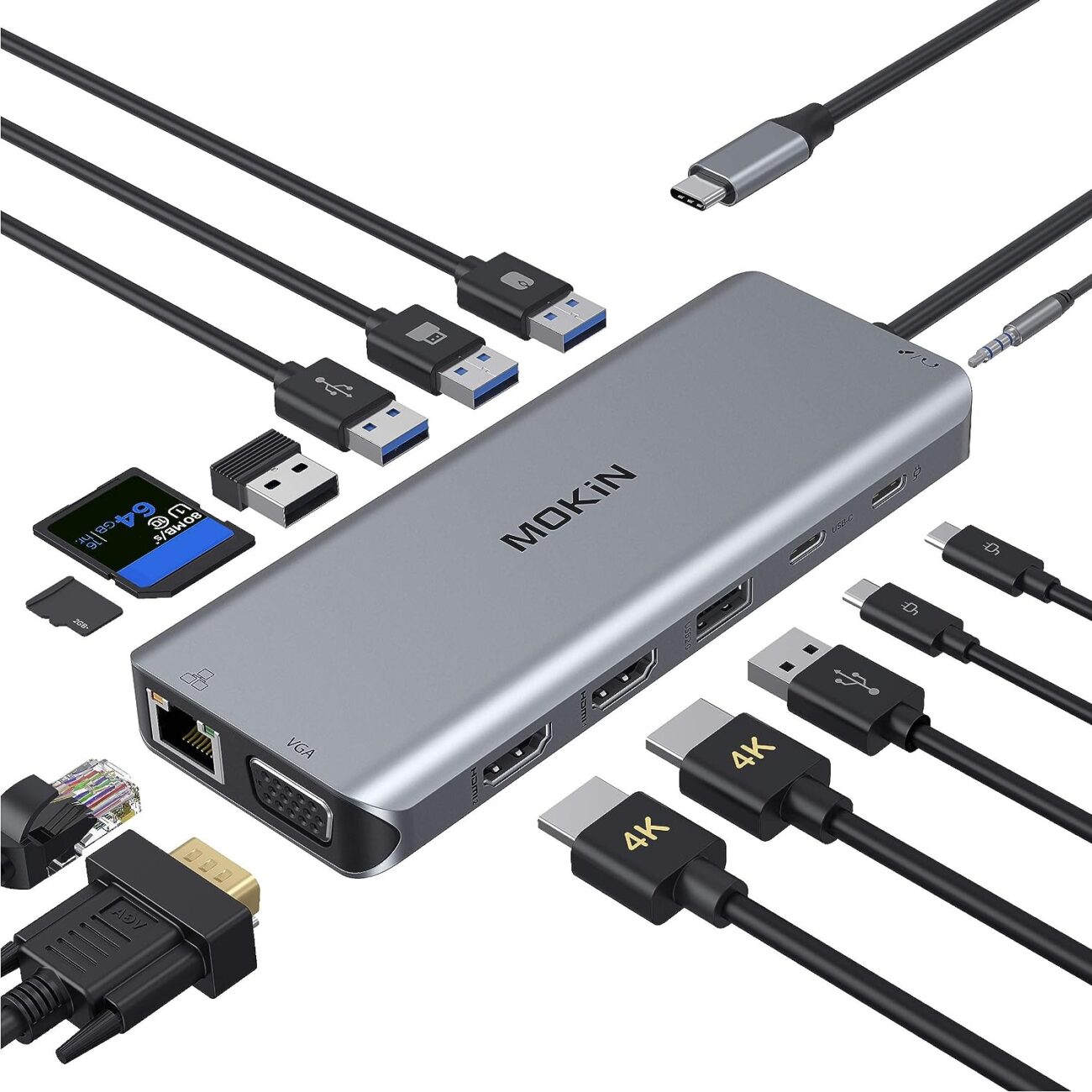
Leave a comment